Home>Gardening & Outdoor>Landscaping Ideas>How To Get Rid Of Grass Spiders
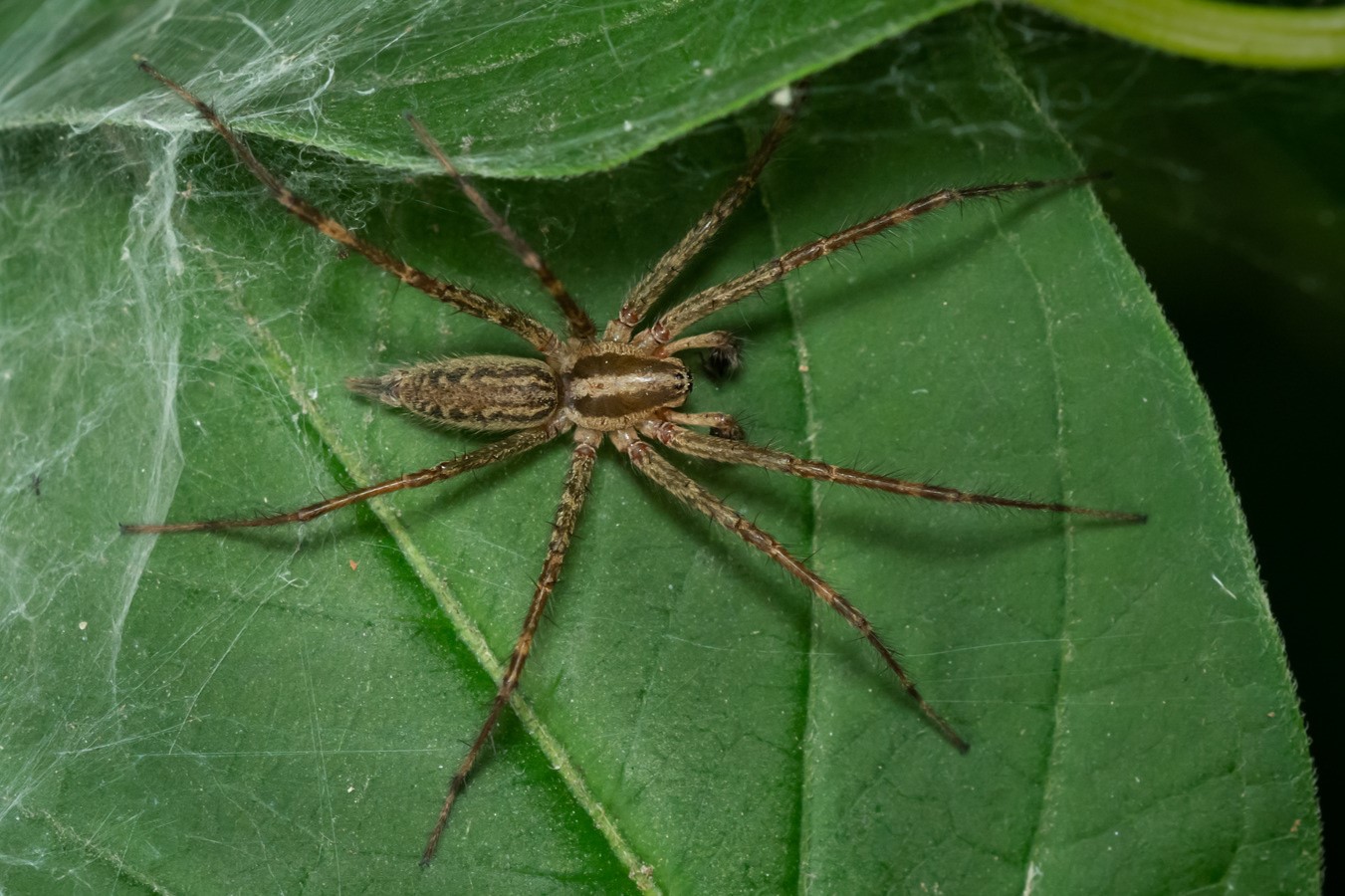

Landscaping Ideas
How To Get Rid Of Grass Spiders
Published: January 24, 2024
Learn effective landscaping ideas to get rid of grass spiders and keep your outdoor space spider-free. Discover natural and practical solutions for a pest-free yard.
(Many of the links in this article redirect to a specific reviewed product. Your purchase of these products through affiliate links helps to generate commission for Storables.com, at no extra cost. Learn more)
Introduction
Grass spiders, scientifically known as Agelenopsis, are common in many parts of the world, particularly in grassy and wooded areas. While these arachnids play a vital role in controlling insect populations, their presence can be unsettling for individuals with arachnophobia or those concerned about potential bites. If you find yourself dealing with an infestation of grass spiders or simply wish to prevent their presence, it's essential to understand effective strategies for managing these creatures.
In this comprehensive guide, we will explore various methods for identifying grass spiders, preventing their presence, and utilizing both natural and chemical remedies to control their population. Whether you're a gardening enthusiast, a homeowner, or simply someone seeking peace of mind in your living space, the information provided here will equip you with the knowledge needed to address grass spider concerns effectively and proactively. Let's delve into the world of grass spiders and discover practical solutions for managing their impact on your surroundings.
Key Takeaways:
- Identifying Grass Spiders
Grass spiders have light brown bodies, distinctive eye patterns, and build funnel-shaped webs close to the ground. Knowing these features helps in effective identification and management. - Preventing Grass Spiders
Trimming vegetation, sealing entry points, using outdoor lighting, and planting spider-repelling plants are effective ways to prevent grass spider infestations and create a comfortable living space.
Identifying Grass Spiders
Grass spiders, also known as funnel weavers, are recognized for their unique physical characteristics and web-building behaviors. Understanding how to identify these spiders is crucial for implementing targeted control measures. Here are some key features to help you identify grass spiders:
- Physical Appearance: Grass spiders typically have a light to medium brown cephalothorax and abdomen, with noticeable dark stripes running lengthwise on their bodies. Their legs are elongated and covered in fine hairs, giving them a velvety appearance. The overall body length of an adult grass spider can range from 1/4 to 3/4 inch.
- Eye Arrangement: These spiders have eight eyes arranged in two rows, with a distinctive pattern of two rows of four. This eye configuration is a helpful characteristic for distinguishing them from other spider species.
- Web Structure: Grass spiders construct funnel-shaped webs close to the ground, often in grassy or bushy areas. These webs feature a flat sheet-like surface with a tubular retreat where the spider resides. The funnel-shaped structure serves as a trap for unsuspecting prey.
- Behavioral Traits: When disturbed, grass spiders exhibit a distinctive behavior of rapidly retreating into their funnel-shaped webs. They are generally non-aggressive toward humans and prefer to avoid confrontation whenever possible.
By familiarizing yourself with these distinguishing characteristics, you can confidently identify grass spiders and differentiate them from other spider species that may inhabit your surroundings. This knowledge lays the foundation for effective grass spider management and control.
Preventing Grass Spiders
Implementing proactive measures to prevent grass spider infestations is essential for maintaining a comfortable and spider-free environment. By addressing conducive conditions and employing strategic tactics, you can significantly reduce the likelihood of encountering these arachnids. Here are effective methods for preventing grass spiders from taking up residence in your surroundings:
- Landscaping Practices: Keep grass and vegetation well-trimmed around your property, minimizing tall, dense vegetation that serves as ideal habitat for grass spiders. Regularly mow the lawn and trim bushes to create an environment less conducive to spider habitation.
- Sealing Entry Points: Inspect the exterior of your home for gaps, cracks, and crevices that may serve as entry points for spiders. Seal any openings around windows, doors, and utility penetrations to prevent spiders from gaining access to indoor spaces.
- Outdoor Lighting: Consider using yellow or sodium vapor lights for outdoor illumination, as these are less attractive to insects. Since grass spiders primarily feed on insects, minimizing their prey population can deter them from establishing webs near well-lit areas.
- Decluttering and Storage: Reduce clutter in outdoor storage areas and minimize the accumulation of debris, such as woodpiles and stacked items, which can provide hiding spots for spiders. Maintain a well-organized outdoor space to limit potential spider harborages.
- Regular Cleaning: Keep indoor spaces clean and free of dust, cobwebs, and clutter. Vacuum and dust regularly to eliminate potential hiding spots for spiders and their prey. Pay particular attention to corners, ceilings, and behind furniture.
- Natural Repellents: Consider planting spider-repelling plants, such as lavender, mint, or eucalyptus, in your garden or near entry points to deter grass spiders and other arachnids. These plants emit scents that are unappealing to spiders, serving as a natural deterrent.
By incorporating these preventive measures into your regular maintenance routine, you can create an environment that is less hospitable to grass spiders, reducing the likelihood of infestations and minimizing their presence in your living spaces.
To get rid of grass spiders, keep your yard free of clutter and debris, trim back vegetation, and use insecticides sparingly to avoid killing off their natural prey.
Natural Remedies for Grass Spiders
When seeking to manage grass spider populations without resorting to chemical interventions, natural remedies offer effective and environmentally friendly alternatives. By leveraging natural deterrents and modifying environmental factors, you can discourage grass spiders from establishing themselves in your surroundings. Here are some natural remedies to consider for controlling grass spiders:
- Essential Oils: Certain essential oils, such as peppermint, citronella, and tea tree oil, are known for their spider-repelling properties. Dilute these oils with water and spray the solution around entry points, windows, and other areas where spiders may gain access. The strong scents act as a deterrent, discouraging spiders from entering indoor spaces.
- Vinegar Solution: Create a solution of equal parts water and white vinegar, and use it to wipe down surfaces and areas where spiders are likely to frequent. The acetic acid in vinegar disrupts the scent trails left by spiders and can repel them from treated areas.
- Citrus Peels: Spiders are averse to the scent of citrus. Place citrus peels, such as those from lemons or oranges, in areas where spiders are commonly found, such as corners, windowsills, and entryways. The natural oils present in citrus peels act as a natural deterrent.
- Diatomaceous Earth: This natural powder, composed of fossilized aquatic organisms, can be sprinkled in areas where spiders traverse. When spiders come into contact with diatomaceous earth, the abrasive particles can damage their exoskeletons, ultimately leading to dehydration and death.
- Ultrasonic Repellents: Ultrasonic devices emit high-frequency sound waves that are imperceptible to humans but can disturb and deter spiders and other pests. Place these devices in areas where spider activity is prevalent to discourage their presence.
By integrating these natural remedies into your pest management approach, you can effectively reduce grass spider populations and create an environment that is less conducive to their presence. These natural solutions offer a safe and sustainable means of addressing spider concerns while minimizing environmental impact.
Chemical Control for Grass Spiders
When natural and preventive measures alone are insufficient to manage grass spider populations, targeted chemical interventions can provide effective control. It’s important to approach chemical control with caution, adhering to safety guidelines and selecting products that are specifically formulated for spider management. Here are some chemical control options to consider for addressing grass spider infestations:
- Insecticidal Sprays: Select insecticidal sprays labeled for spider control and apply them to outdoor areas where grass spiders are prevalent. Focus on perimeter treatments, targeting areas where spiders may enter structures or establish webs. Ensure that the product is approved for outdoor use and follow application instructions carefully.
- Dust Formulations: Dust insecticides can be applied to voids, cracks, and crevices where spiders hide and breed. These formulations can penetrate inaccessible areas and provide long-lasting residual control. Exercise caution when using dust insecticides, and avoid applying them in areas accessible to children and pets.
- Professional Pest Control Services: In cases of severe infestations or persistent spider activity, enlisting the services of a licensed pest control professional may be warranted. Pest management professionals can assess the extent of the infestation and implement targeted treatments to effectively reduce grass spider populations while ensuring the safety of occupants and pets.
- Indoor Treatments: Utilize indoor insecticidal sprays in areas where grass spiders are frequently observed, such as basements, garages, and storage areas. Exercise caution when applying indoor treatments, and follow product instructions to minimize exposure and ensure effective control.
- Residual Barrier Treatments: Apply residual barrier treatments around the exterior perimeter of structures to create a barrier that deters spiders from entering indoor spaces. These treatments can provide long-lasting control and help prevent spiders from gaining access to buildings.
When implementing chemical control measures, it’s crucial to prioritize safety, adherence to label instructions, and environmental responsibility. Select products approved for spider control, and consider consulting with a qualified pest control professional to determine the most appropriate and effective chemical control strategies for managing grass spiders in your specific environment.
Read more: How To Get Rid Of Spiders In The Attic
Conclusion
Managing grass spiders and mitigating their presence involves a multifaceted approach that encompasses identification, prevention, and targeted control measures. By familiarizing yourself with the characteristics of grass spiders and implementing proactive strategies, you can create an environment that is less hospitable to these arachnids. Natural remedies offer sustainable and environmentally friendly options for deterring grass spiders, while chemical interventions can provide effective control when necessary.
Prevention plays a pivotal role in minimizing grass spider infestations, with landscaping practices, structural maintenance, and regular cleaning serving as foundational components of a comprehensive spider management strategy. By addressing conducive conditions and reducing spider habitat, you can significantly reduce the likelihood of encountering grass spiders in your living spaces.
When considering control measures, it’s essential to prioritize safety, adherence to product instructions, and environmental responsibility. Whether opting for natural remedies, targeted chemical treatments, or professional pest control services, the well-being of occupants and the ecosystem should remain paramount.
By integrating the insights and strategies outlined in this guide, you can effectively address grass spider concerns and maintain a comfortable, spider-free environment. Whether you’re a homeowner, a gardening enthusiast, or a property manager, the knowledge and proactive measures discussed here empower you to navigate grass spider management with confidence and efficacy.
Embracing a holistic approach to grass spider management equips you with the tools needed to create an environment that is unwelcoming to these arachnids, fostering peace of mind and a harmonious coexistence with nature in your surroundings.
Frequently Asked Questions about How To Get Rid Of Grass Spiders
Was this page helpful?
At Storables.com, we guarantee accurate and reliable information. Our content, validated by Expert Board Contributors, is crafted following stringent Editorial Policies. We're committed to providing you with well-researched, expert-backed insights for all your informational needs.
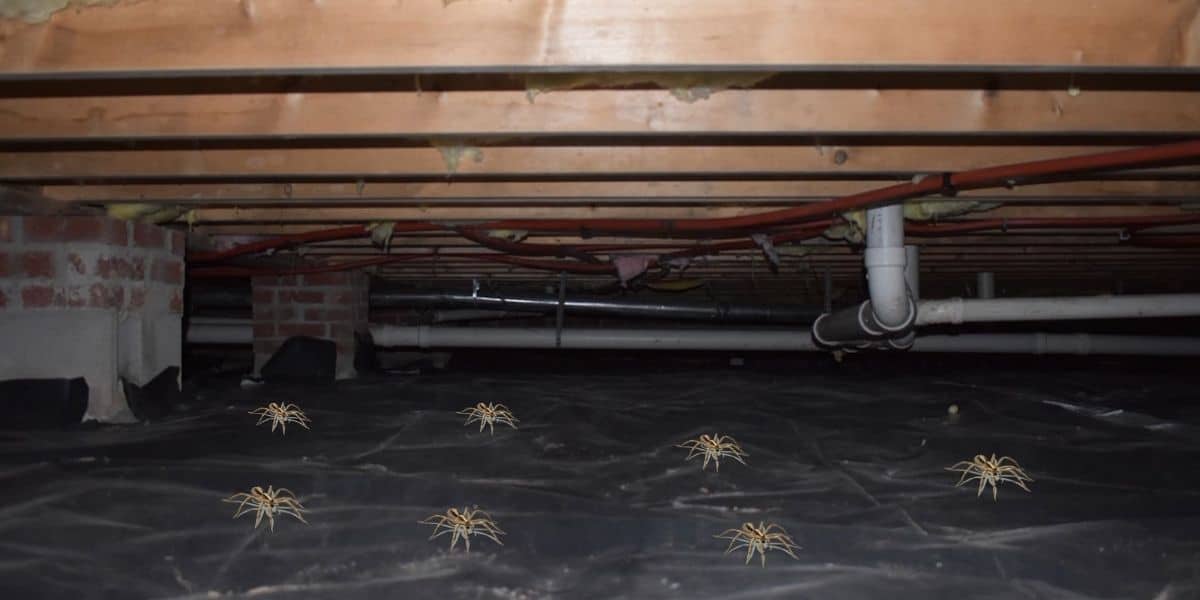
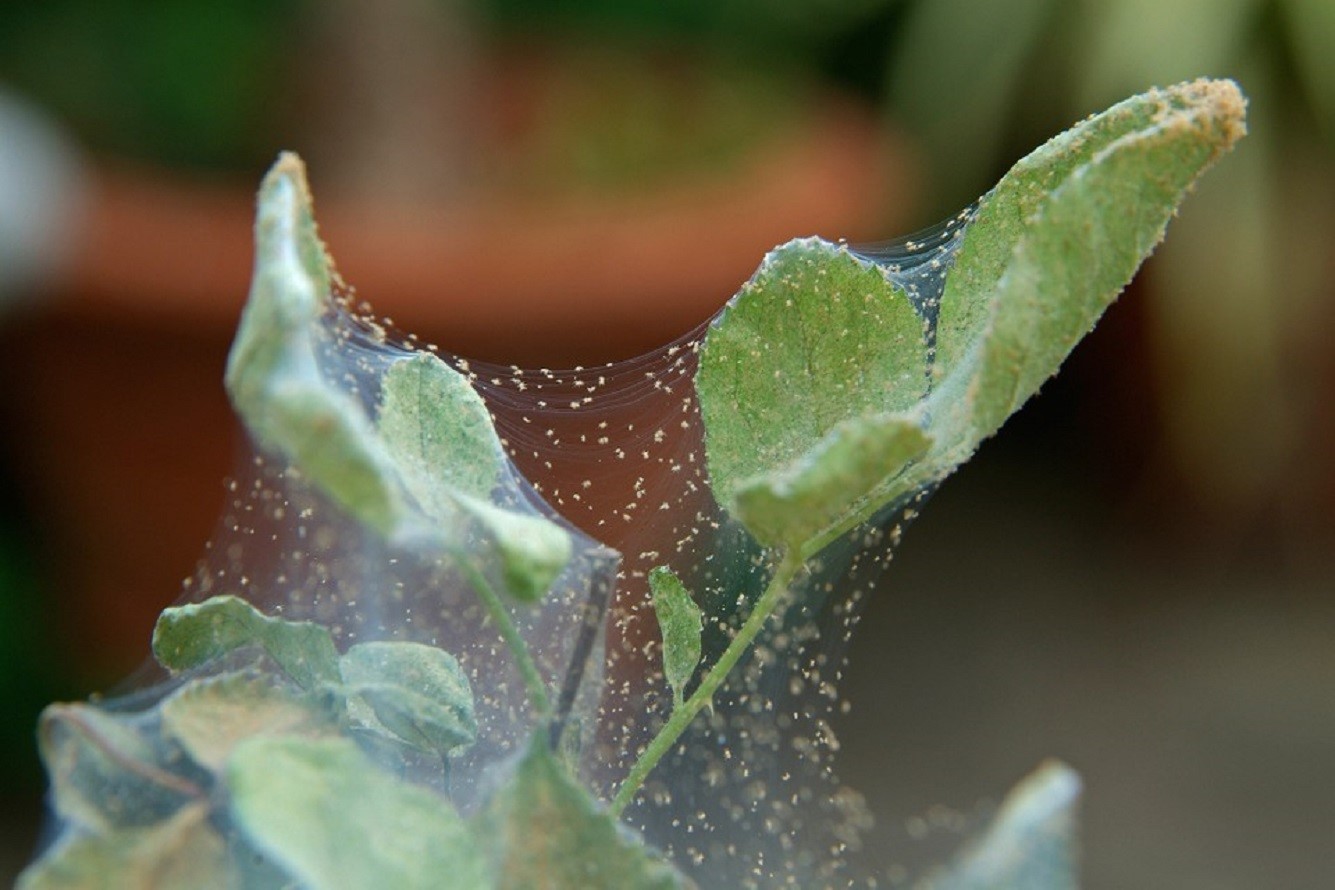
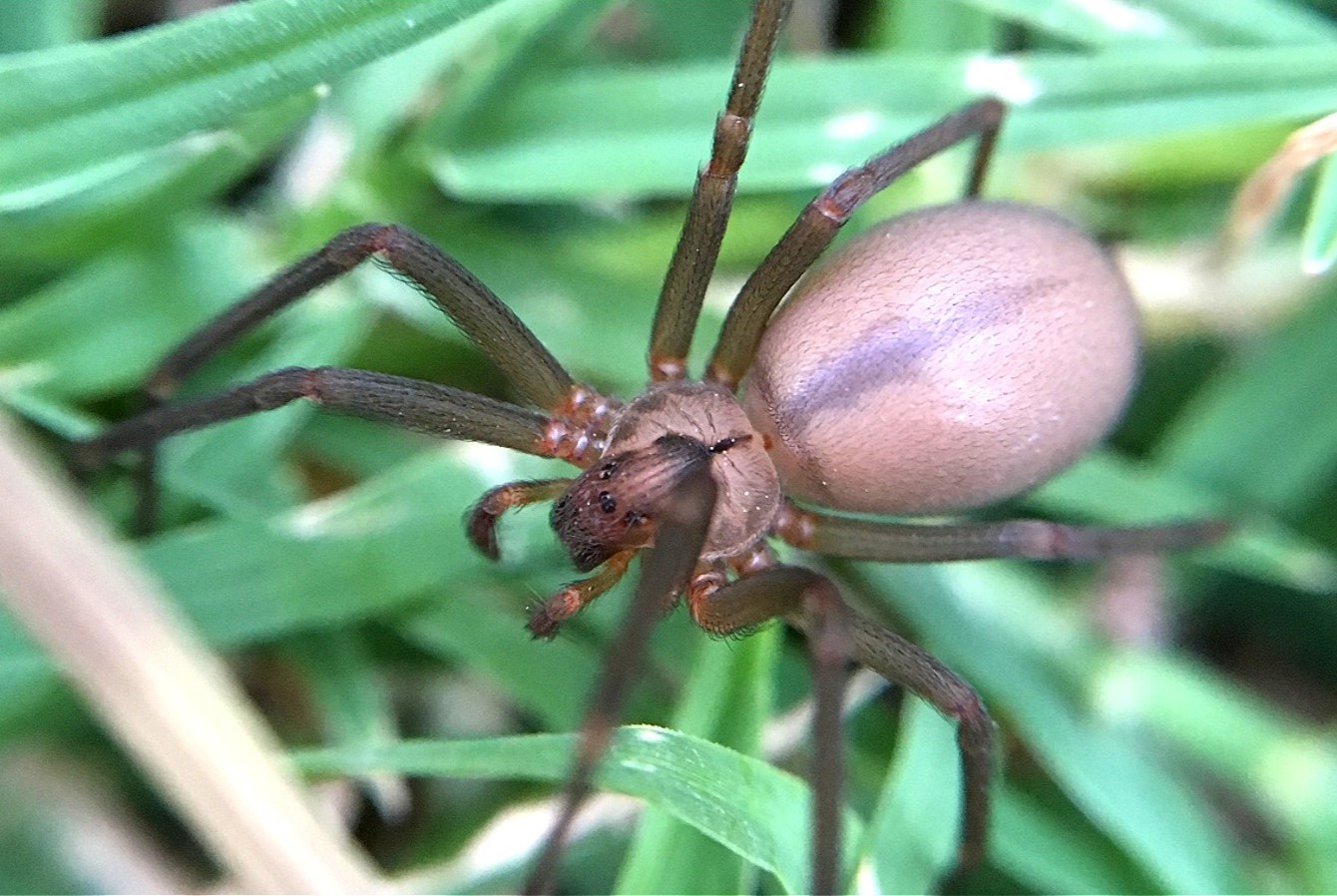


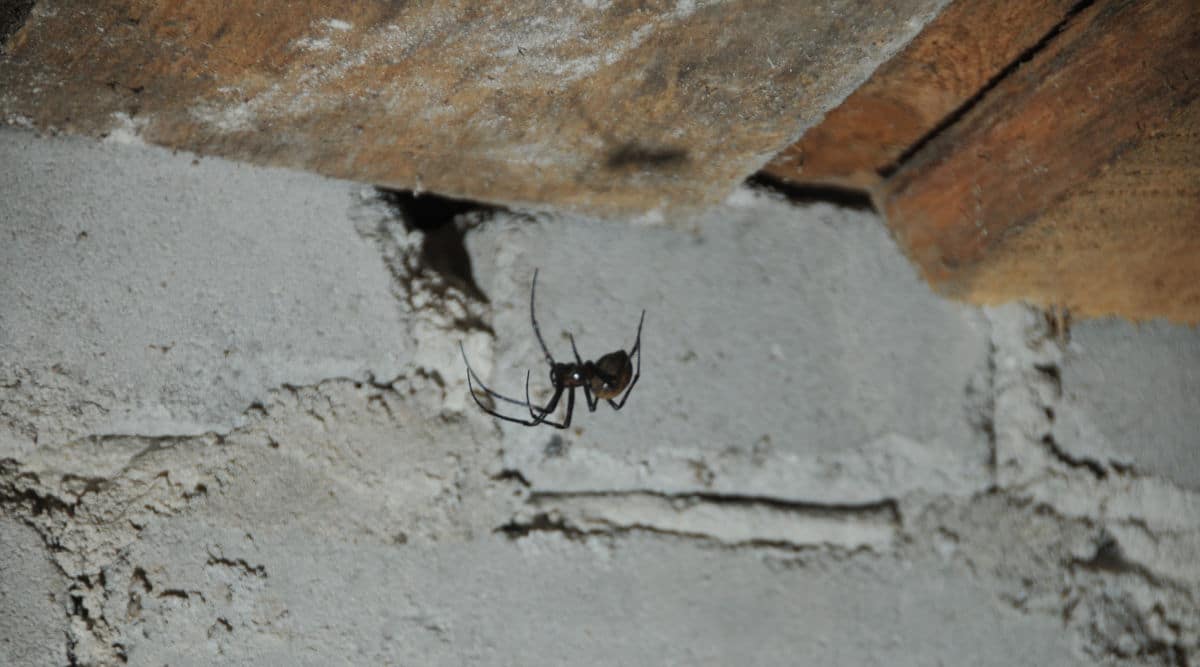
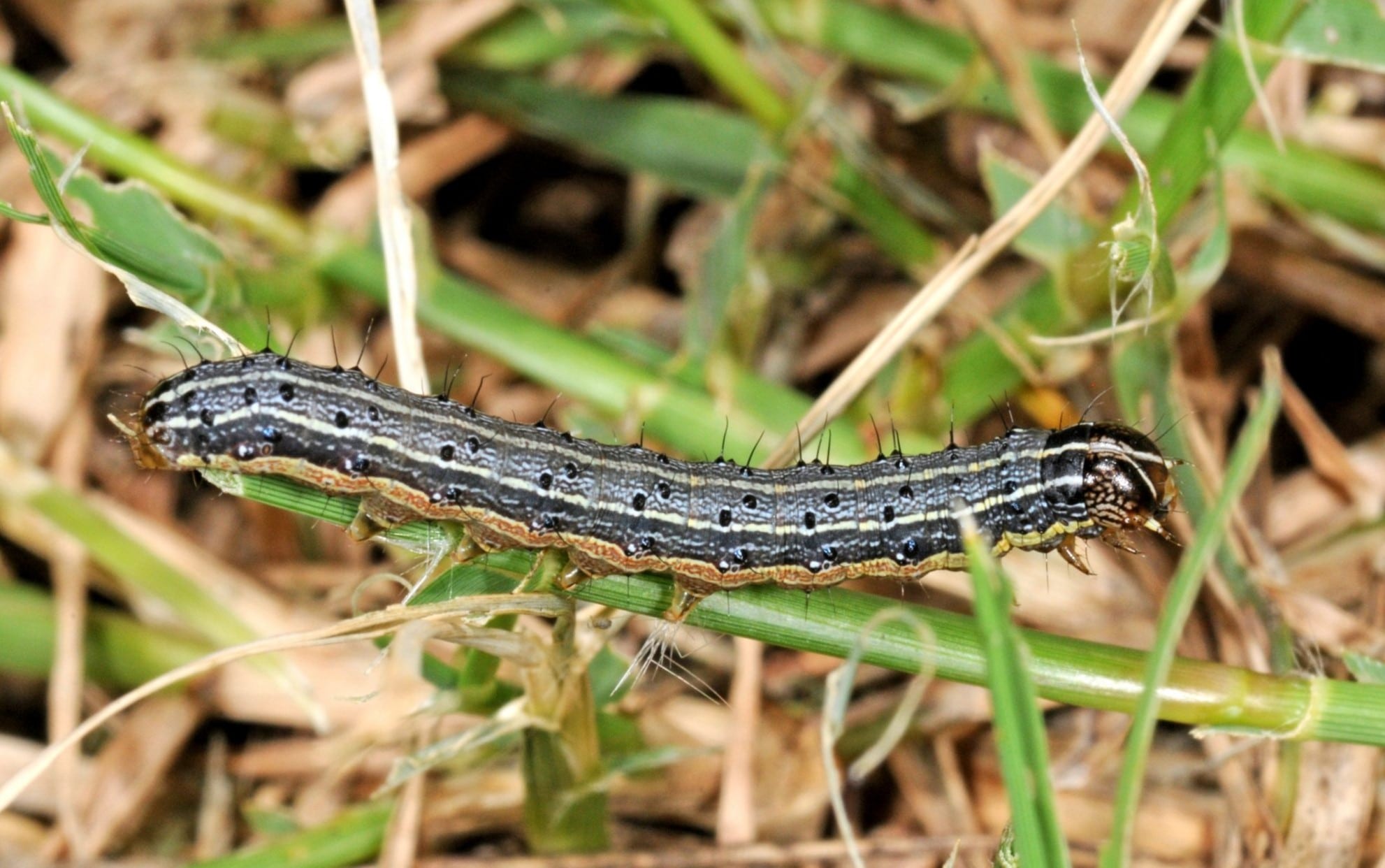
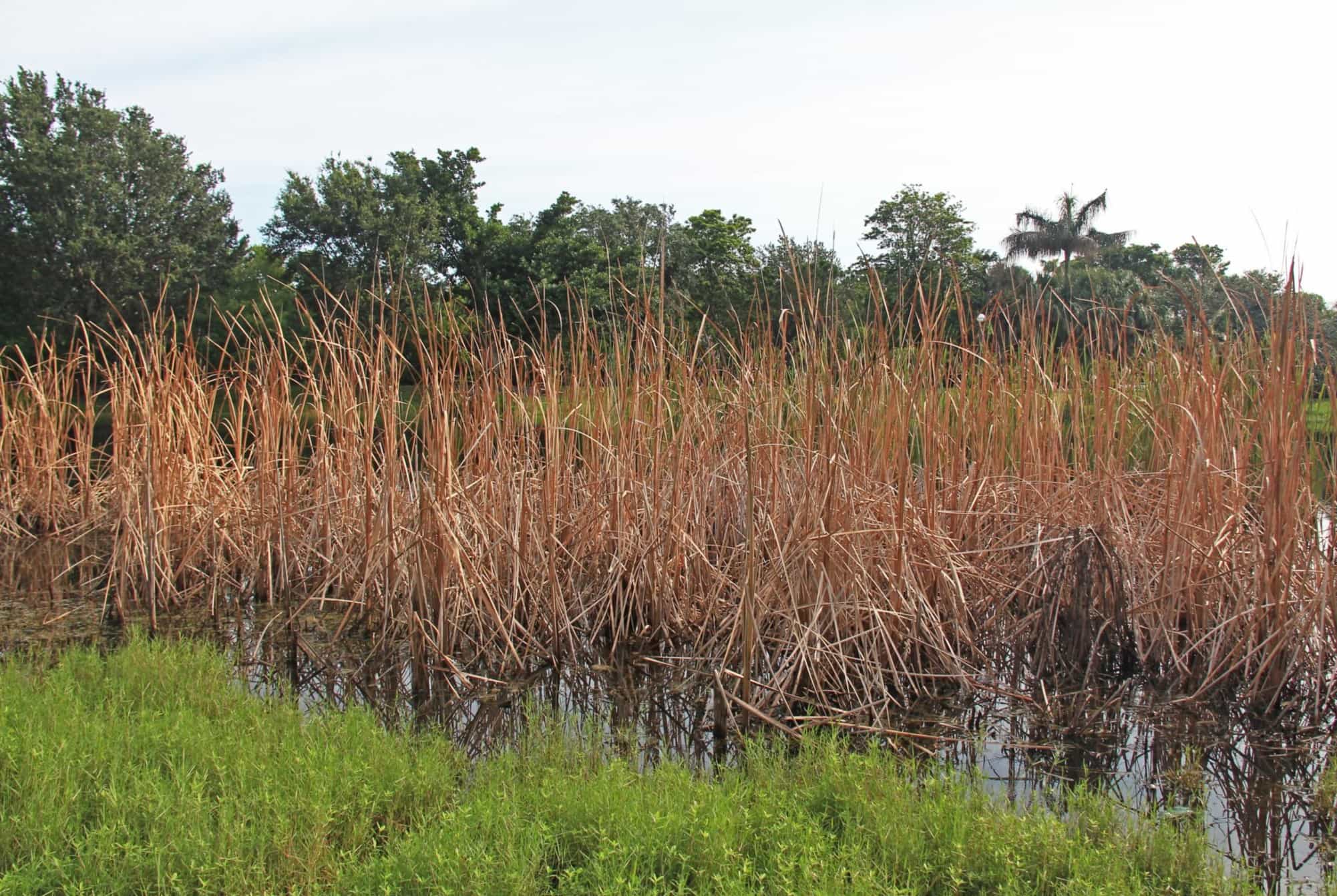

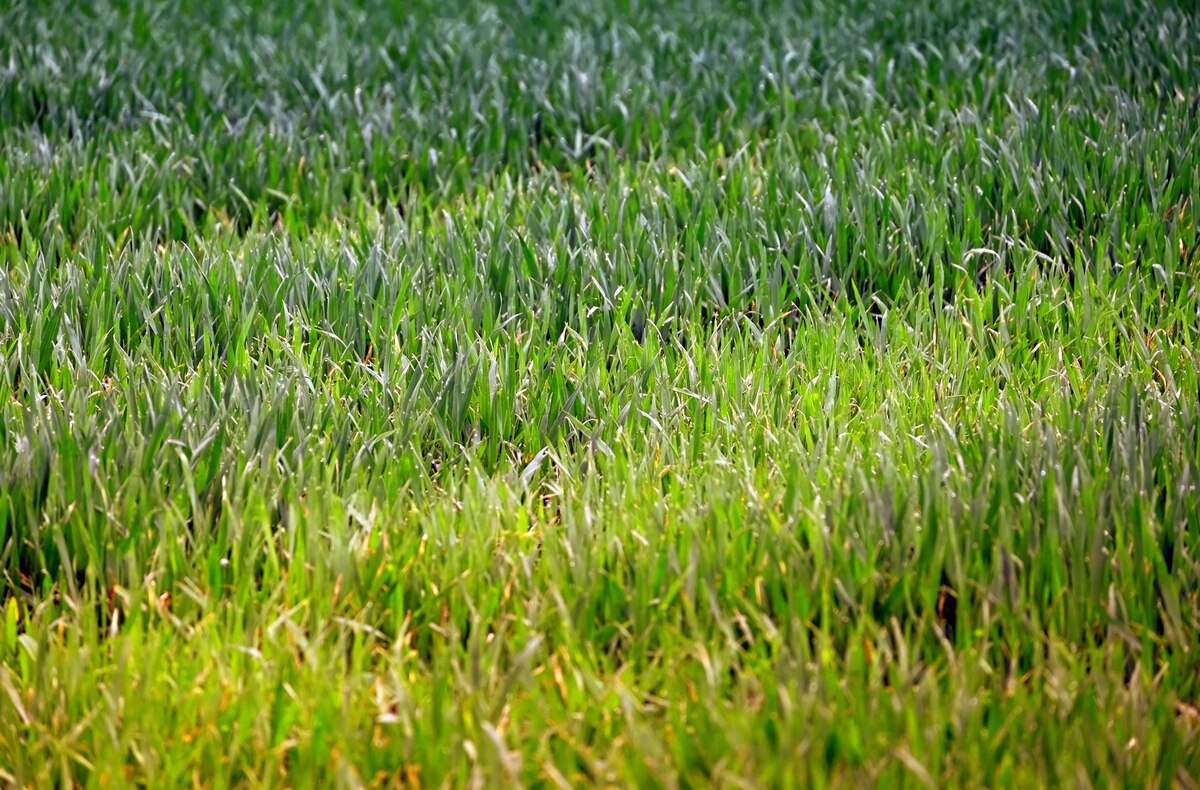
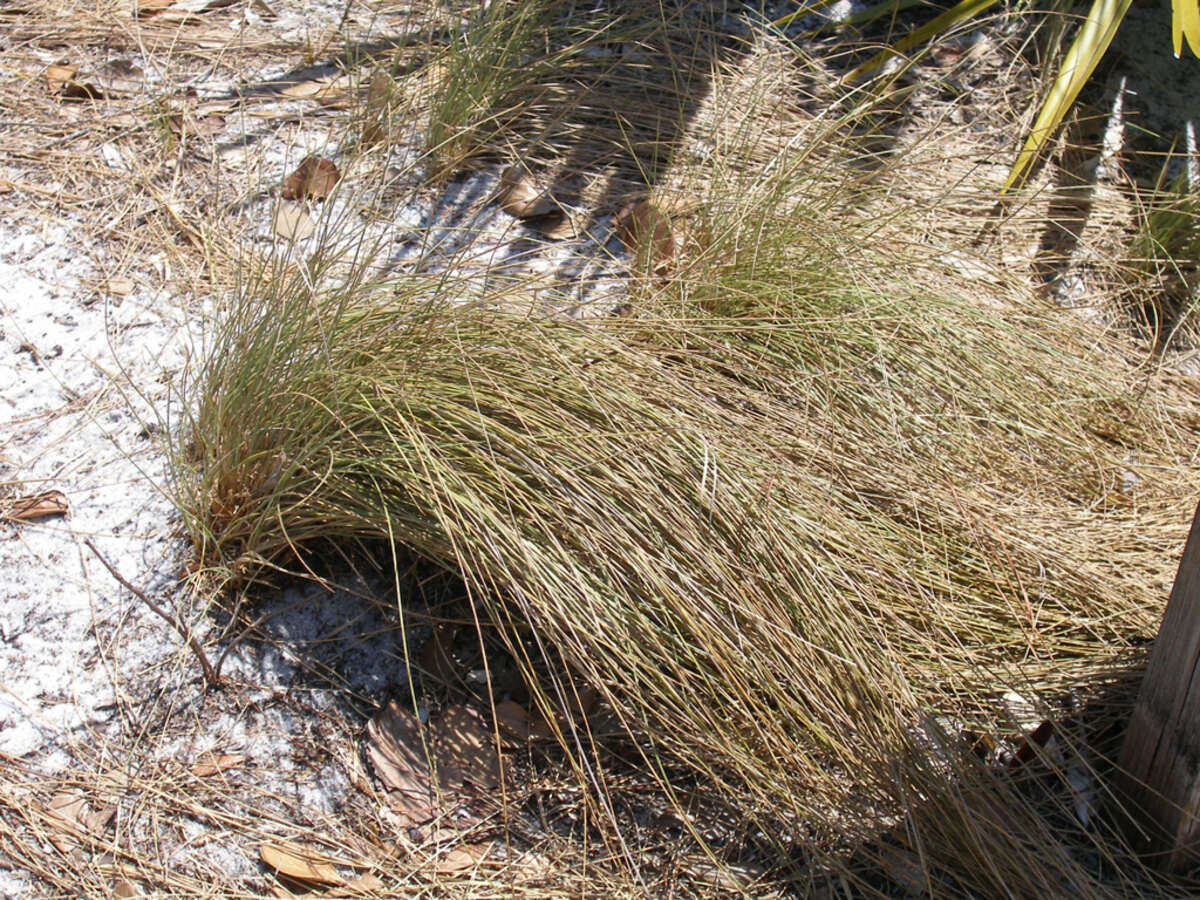
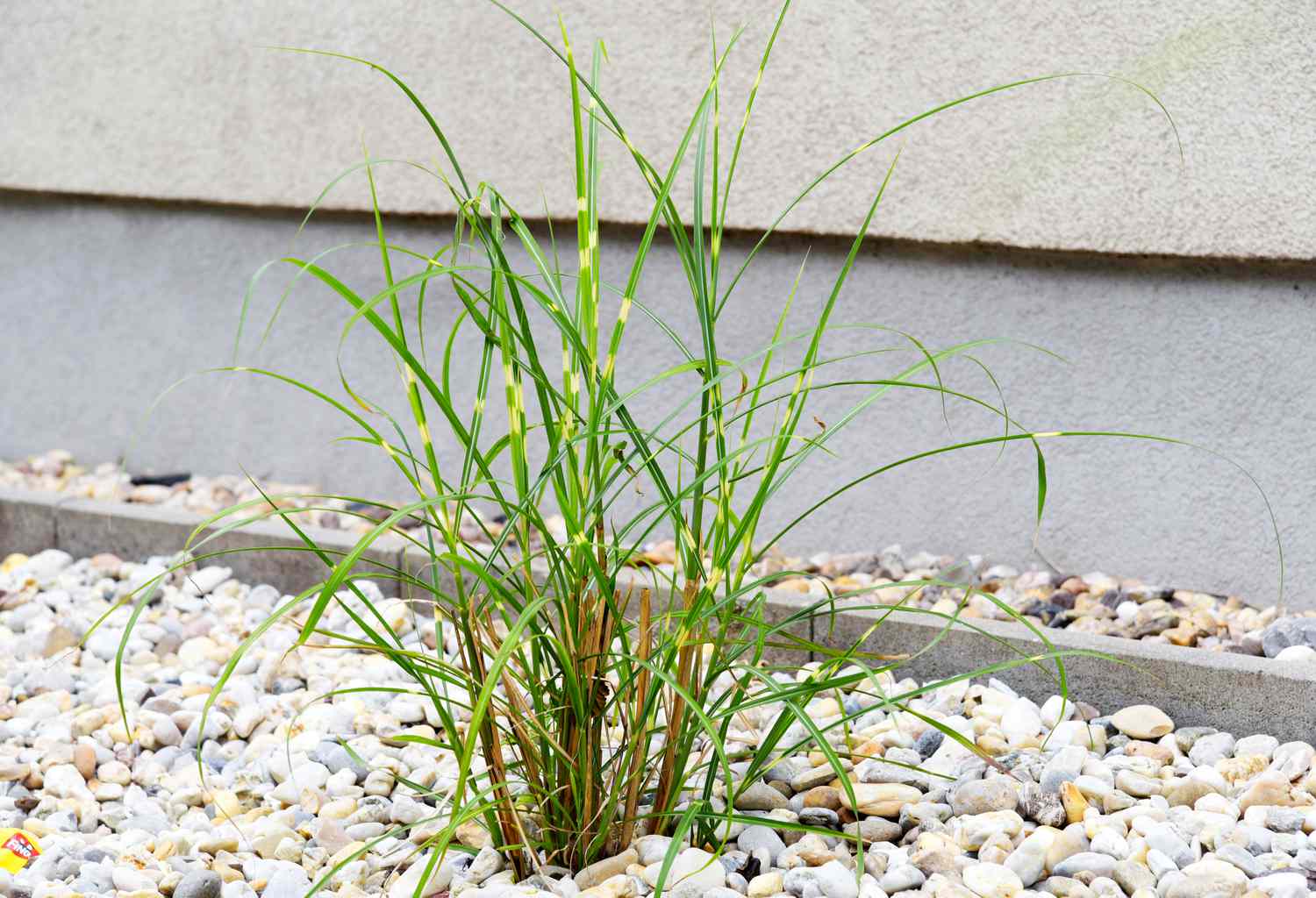
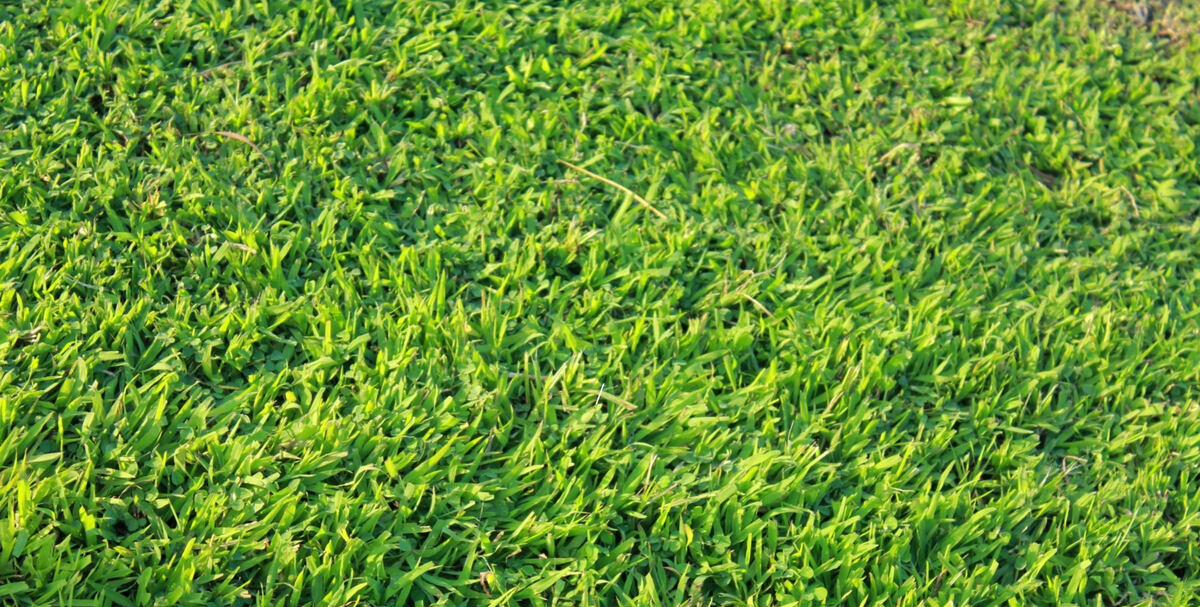
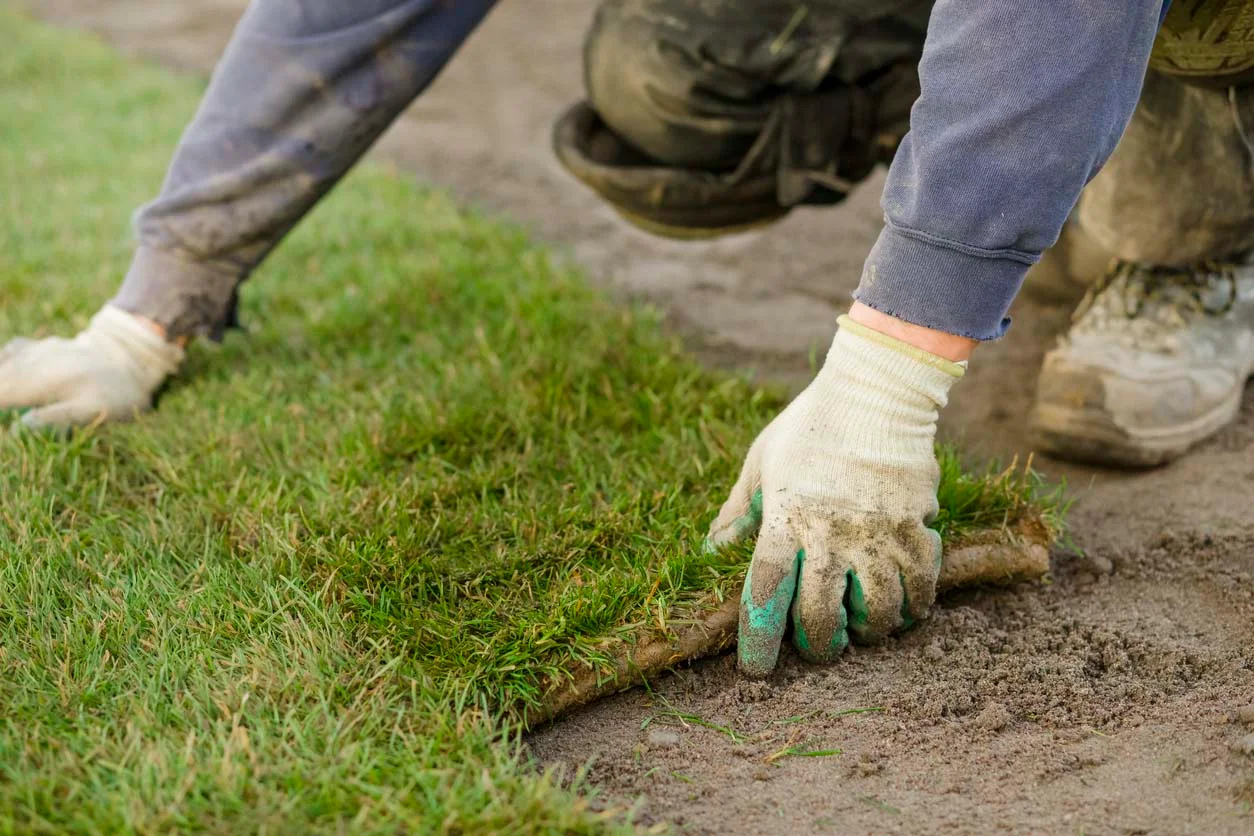

0 thoughts on “How To Get Rid Of Grass Spiders”